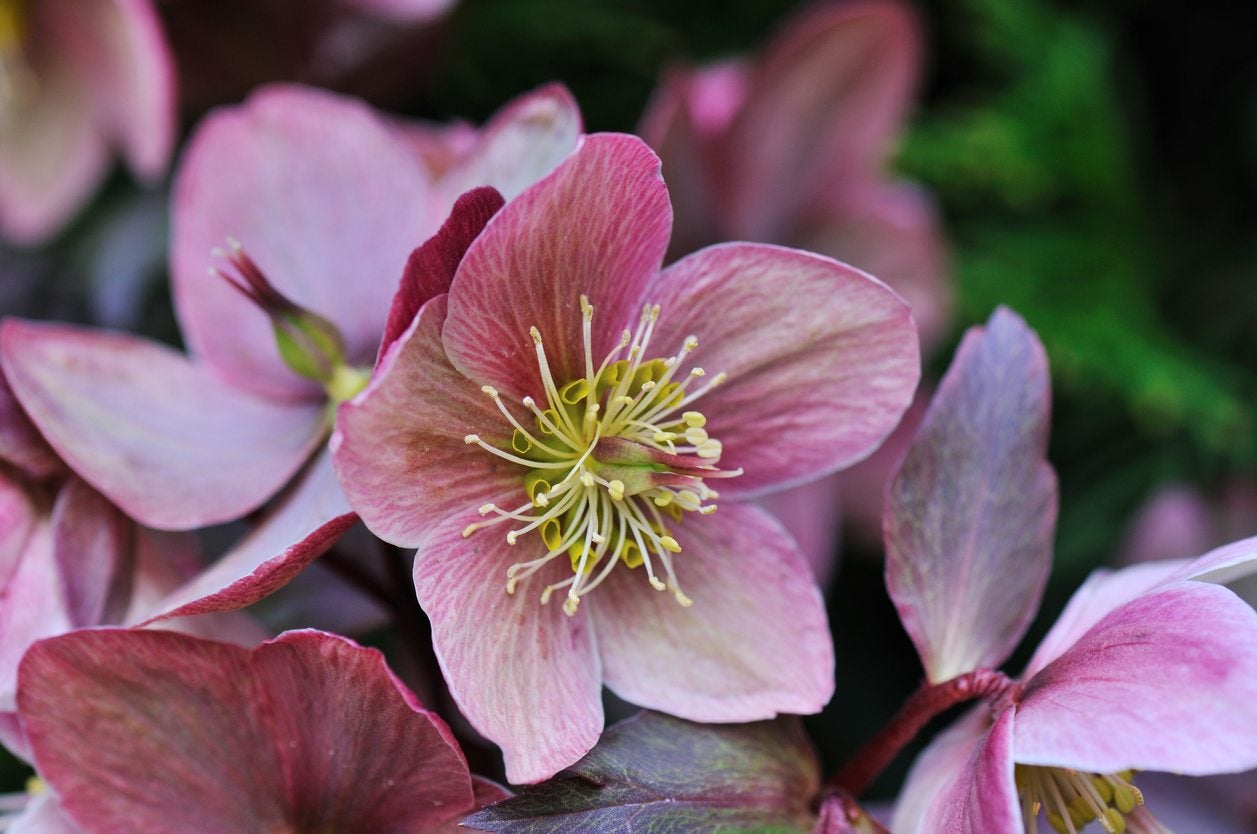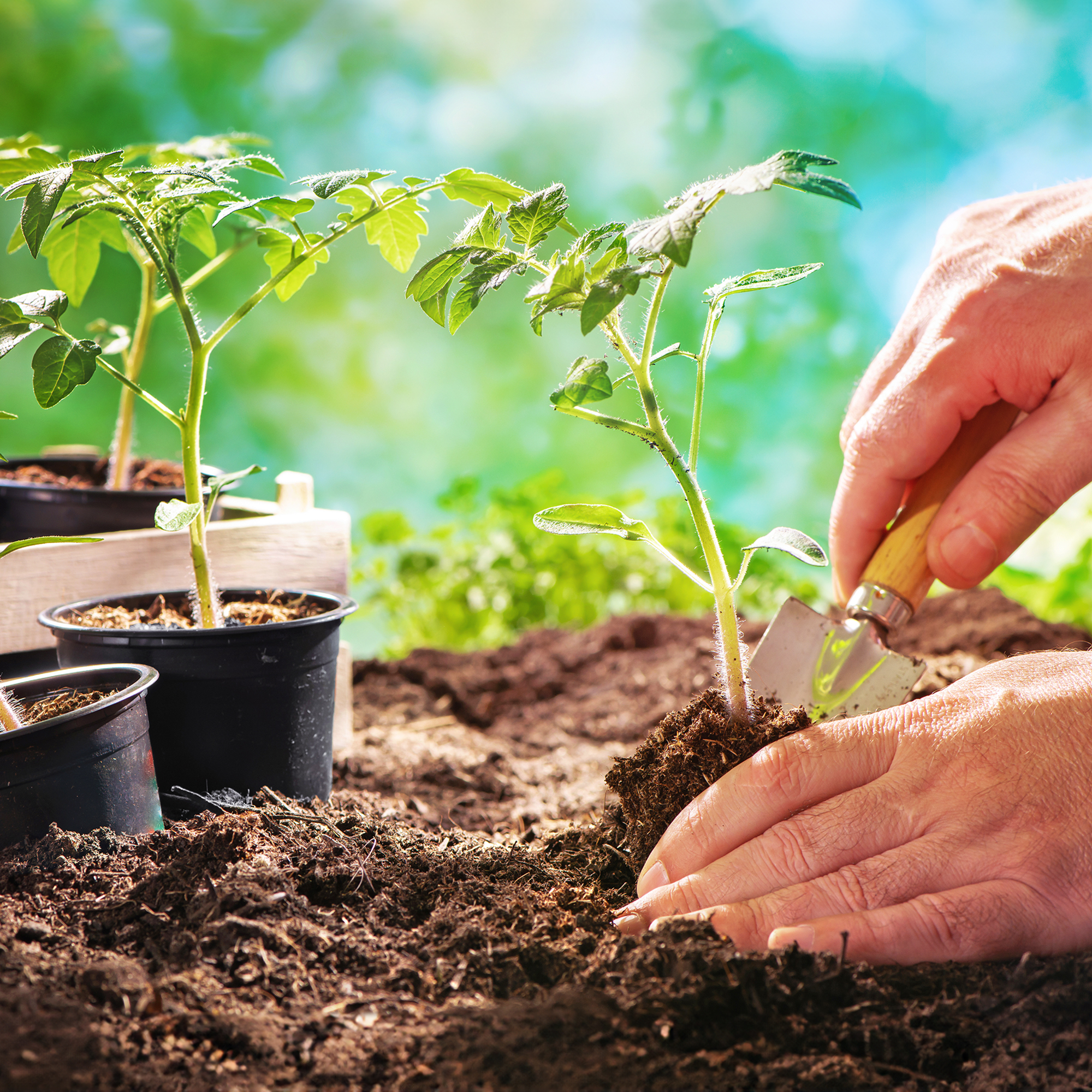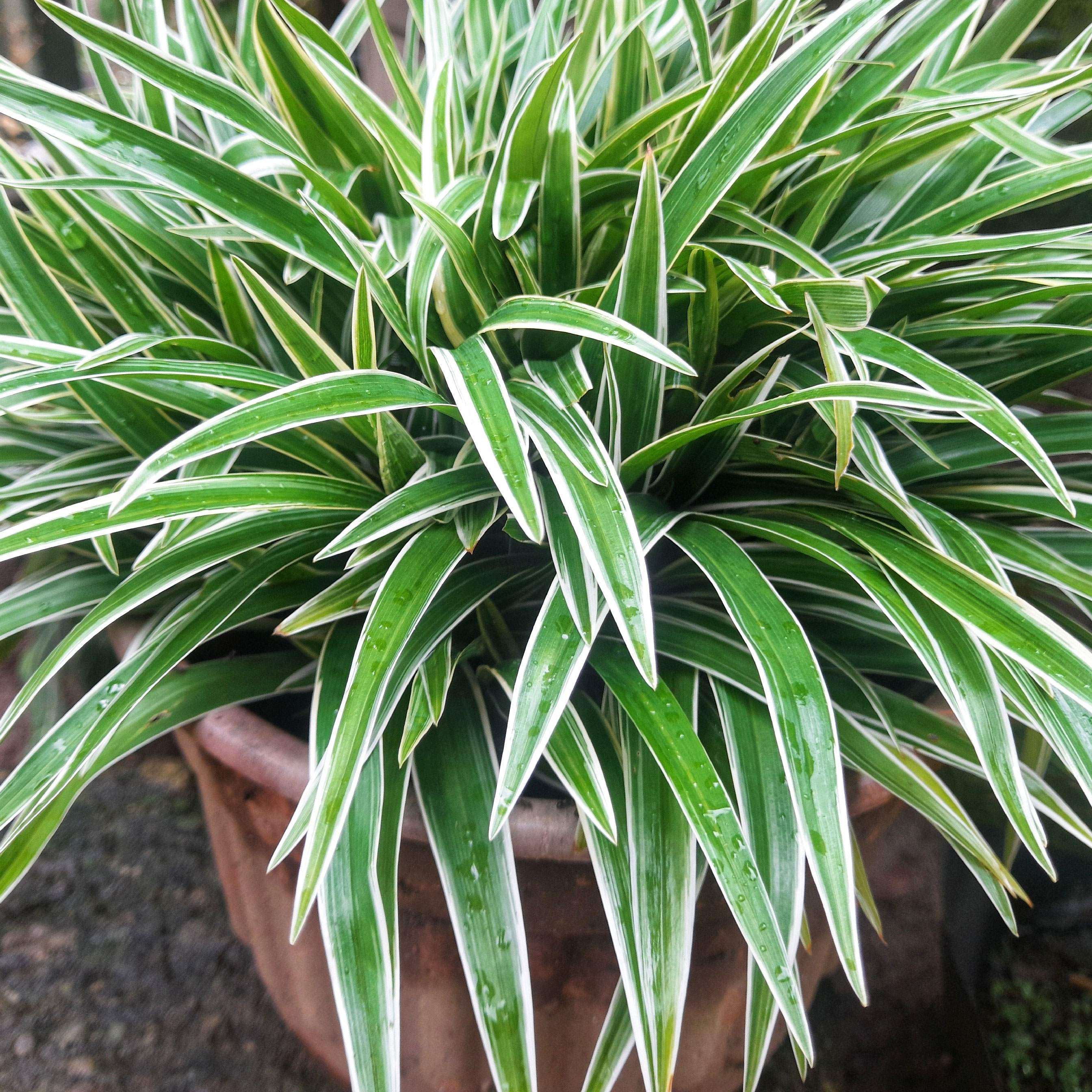Transplanting A Hellebore – When Can You Divide Lenten Rose Plants


Hellebores belong to a genus of over 20 plants. The most commonly grown are Lenten rose and Christmas rose. The plants primarily bloom in late winter to early spring and are excellent specimens for a shady location in the garden. Dividing hellebore plants is not necessary, but it can enhance flowering in older plants. Division is not only a great way to propagate hellebores that have become old, but you can also easily repot the numerous babies the plant readily produces each year.
Can You Divide Lenten Rose?
Hellebores form dusky bronze to creamy white blooms. They are native to central and south Europe where they grow in poor soils in mountain regions. These plants are very tough and need little care. They are hardy to zone 4, and deer and rabbits ignore them in favor of tastier treats.
The plants can be a bit on the costly side, so knowing how to propagate hellebores can increase your stock without breaking the bank. Seed is one option, but so is division.
Starting hellebores by seed can be difficult, but out in nature these plant seeds grow prolifically. In most cases, though, it can take three to five years to get a blooming specimen from seed, which is why most gardeners purchase a mature plant that is already blooming.
Or, as with most perennials, you can divide hellebores. You need to make sure the plant is healthy and well established because the process will leave the pieces in a weakened state.
Fall is the best time to attempt dividing hellebore plants. A new Lenten rose transplant from dividing needs to be monitored carefully and given some extra attention until the root mass adjusts.
Transplanting a Hellebore
The best time for division is when you are already transplanting a hellebore. These plants are fussy about being moved and it is best to do it only when necessary. Dig up the whole plant, wash off the soil, and use a clean, sterile, sharp knife to cut the root mass into two or three sections.
Gardening tips, videos, info and more delivered right to your inbox!
Sign up for the Gardening Know How newsletter today and receive a free copy of our e-book "How to Grow Delicious Tomatoes".
Each little transplant should then be installed in well worked soil with plenty of organic matter in a partially shaded location. Provide supplemental water as the plant adjusts.
Once each section is adjusted and fully back to health, you should have blooms the following season, which is far more quickly than propagation by seed.
How to Propagate Hellebores
The other way to get more hellebores is to simply harvest the babies from under the plant leaves. These will rarely get very large under the parent, as they are missing out on a lot of light and have competition for water and nutrients.
Repot the small plants in 4 inch (10 cm.) pots in well-draining potting soil. Keep them mildly moist in partial shade for a year and then transplant them to larger containers the following fall. Containers can be kept outdoors year-round unless a sustained freezing event is expected.
In such cases, move the young plants to an unheated area, like the garage. After another year, install the babies in the ground. Space young plants 15 inches (38 cm.) apart to allow them room to grow.
Wait patiently and around year three to five, you should have a mature, fully blooming plant.

Bonnie Grant is a professional landscaper with a Certification in Urban Gardening. She has been gardening and writing for 15 years. A former professional chef, she has a passion for edible landscaping.
-
 Best Soil Tor Tomatoes: How To Cultivate The Perfect Blend & Add Amendments For A Bountiful Harvest
Best Soil Tor Tomatoes: How To Cultivate The Perfect Blend & Add Amendments For A Bountiful HarvestGive your tomato plants the foundation they need. Learn how to mix the ideal soil and choose the right amendments for your most abundant harvest yet.
By Amy Grant
-
 Want To Know How To Make A Spider Plant Bushier? 4 Secrets For Lush & Bushy Spiders
Want To Know How To Make A Spider Plant Bushier? 4 Secrets For Lush & Bushy SpidersAre you looking for ways to make your spider plant look bigger or more dramatic? Follow these quick and easy tips on how to make a spider plant bushier
By Teo Spengler